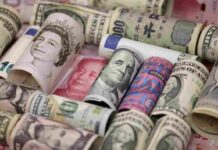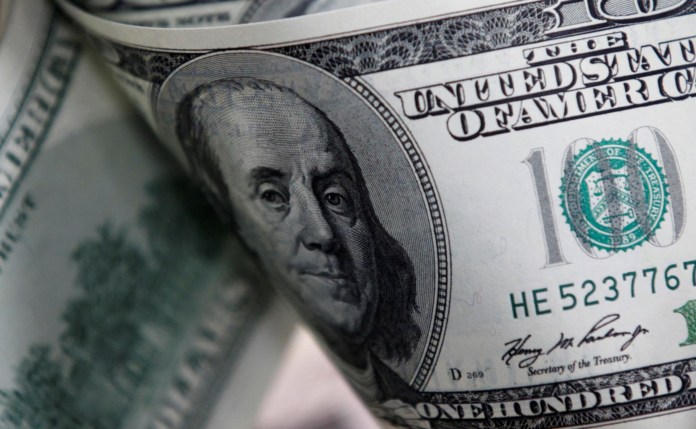The U.S. dollar drifts lower on Monday, while the Japanese yen and the euro strengthen, as investor confidence in the world’s reserve currency remains under pressure following a series of tariff-related statements from U.S. President Donald Trump.
The dollar struggles near a three-year low, with the dollar index at 99.4.
The euro climbs 0.3% to $1.1395, close to its three-year high, as investors shift toward the common currency. Sterling strengthens 0.5% to $1.3196, while the New Zealand dollar touches a four-month high at $0.58915. The Australian dollar gains 0.5% to $0.63245, extending a more than 4% rally from last week.
Against the yen, the dollar eases 0.2% to 143.19, staying near six-month lows. Japan prepares for trade negotiations with the United States, with foreign exchange policy expected to be a key topic between Japan’s Finance Minister Katsunobu Kato and U.S. Treasury Secretary Scott Bessent.
The Swiss franc sees some volatility, with the dollar last up 0.36% at 0.8192 francs by 1130 GMT. Meanwhile, the Chinese yuan weakens, with the onshore rate at 7.3101 per dollar and the offshore rate at 7.3123 per dollar. Last week, the offshore yuan touched a record low, and the onshore yuan hit its weakest level since 2007 as trade tensions escalated.
The White House moves to grant exclusions from steep tariffs for smartphones, computers, and certain electronics imported from China, though Trump later indicates the exclusions could be temporary. He also signals that an announcement on semiconductor tariffs will come within the week.
In the bond market, U.S. 10-year Treasury yields remain elevated at 4.438% after last week’s historic sell-off, reflecting continued pressure on borrowing costs.
China’s export data shows a sharp rise in March, with shipments accelerating as companies rush to send goods abroad ahead of the latest U.S. tariffs.
























